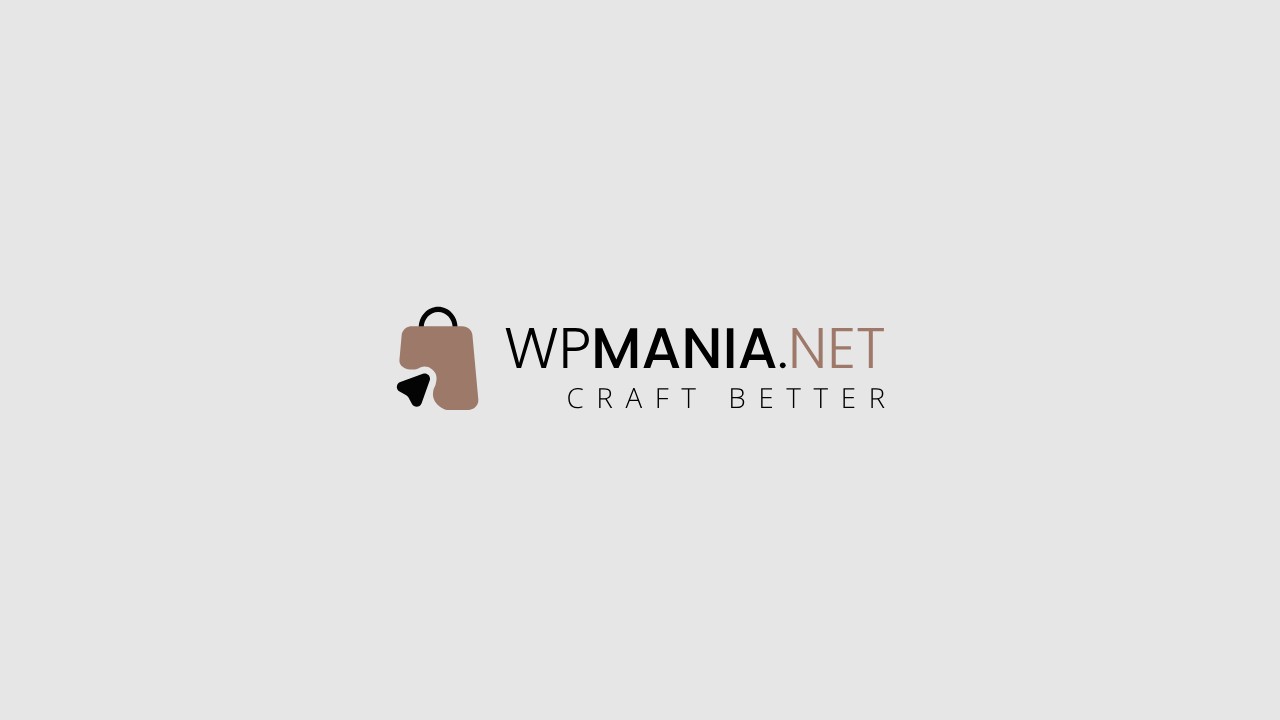How to Optimize Images for Your WordPress Site is an important thing. Images are an essential part of any website. They help bring content to life and make it more engaging for visitors. However, having too many images or using large file sizes can negatively impact your website’s performance.
Slow load times can lead to frustrated visitors and even hurt your SEO. In this article, we’ll explore some tips and best practices for optimizing images for your WordPress site. How to Optimize Images for Your WordPress Site is an obligatory thing.
Why Image Optimization Matters for Your WordPress Site
Your website’s speed is crucial for user experience and SEO. Slow load times can lead to visitors bouncing off your site and hurting your search engine rankings. Images are often one of the biggest culprits of slow website speeds. Large file sizes can cause pages to load slowly, especially on mobile devices. By optimizing your images, you can reduce file sizes and improve page load times. How to Optimize Images for Your WordPress Site is a mandatory thing.
How to Optimize Images for Your WordPress Site, Understanding Image Formats for WordPress
Before you start optimizing your images, it’s important to understand the different image formats available for WordPress. JPEG, PNG, GIF, and WebP are the most common formats used for web images. Each format has its advantages and disadvantages, and choosing the right one can make a big difference in file size and image quality. Every webmaster should be aware of How to Optimize Images for Their WordPress Site.
JPEG is the most widely used image format for photographs because it can compress large images while retaining good image quality. PNG is ideal for images with transparent backgrounds or text. GIF is best used for simple images with fewer colors, such as logos or icons. Finally, WebP is a newer image format that provides high-quality images with smaller file sizes than JPEG or PNG.
How to Optimize Images for WordPress
There are several steps you can take to optimize your images for WordPress. First, resize your images before uploading them to WordPress. This will reduce the file size of your images and improve page load times. You can also use compression tools like TinyPNG or ShortPixel to further reduce file size without sacrificing image quality. It is very important to know How to Optimize Images for Your WordPress Site.
Another important step is optimizing your alt tags and image descriptions for SEO. Alt tags describe what an image is about, and including relevant keywords can help improve your site’s visibility in search engine results. Make sure to also use descriptive image names and captions. How to Optimize Images for Your WordPress Site is an essential factor.
When adding images to your WordPress posts and pages, follow best practices like using the correct image size for your needs and optimizing your image placement. For example, avoid adding too many large images above the fold, which can slow down page load times. it is known to us How to Optimize Images for Your WordPress Site.
Plugins for Image Optimization in WordPress
If you’re not comfortable with manually optimizing your images, there are several plugins available to help. Image optimization plugins like Smush and EWWW Image Optimizer can automatically optimize your images as you upload them to WordPress. These plugins can save you time and improve your website’s performance. How to Optimize Images for Your WordPress Site is a well-known factor in the realm of SEO.
Best Practices for Image Optimization in WordPress
In addition to the steps mentioned above, there are several best practices to follow for image optimization in WordPress. One of the most effective ways to improve page load times is by using lazy loading. This technique only loads images as the user scrolls down the page, which can significantly reduce initial load times.
It’s also important to choose the right image size for your needs. Uploading large images and then scaling them down can negatively impact page load times. Instead, choose the appropriate size for your needs and use an image editing tool to resize images before uploading them to WordPress.
Finally, organizing your images in WordPress can make it easier to find and use them in your posts and pages. Create a logical system of categories and tags to make it easier to search for and add images to your content.
Optimizing images for your WordPress site is crucial. Thank you for considering these tips and best practices for optimizing images on your WordPress site. By following these steps, you can improve your site’s loading speed, user experience, and search engine rankings. Remember to always keep in mind the file size and format of your images, as well as the context and purpose of each image on your site. You may learn more about WordPress Tips and tricks here. Also, for the success of your website, you should be well-known about WordPress hosting.
So, you should be seriously sincere about How to Optimize Images for Your WordPress Site. If you have any questions or need further assistance with optimizing your WordPress site’s images, don’t hesitate to reach out to a trusted web developer or hosting provider. With a little effort and attention to detail, you can create a faster and more efficient website that your visitors will love it.


